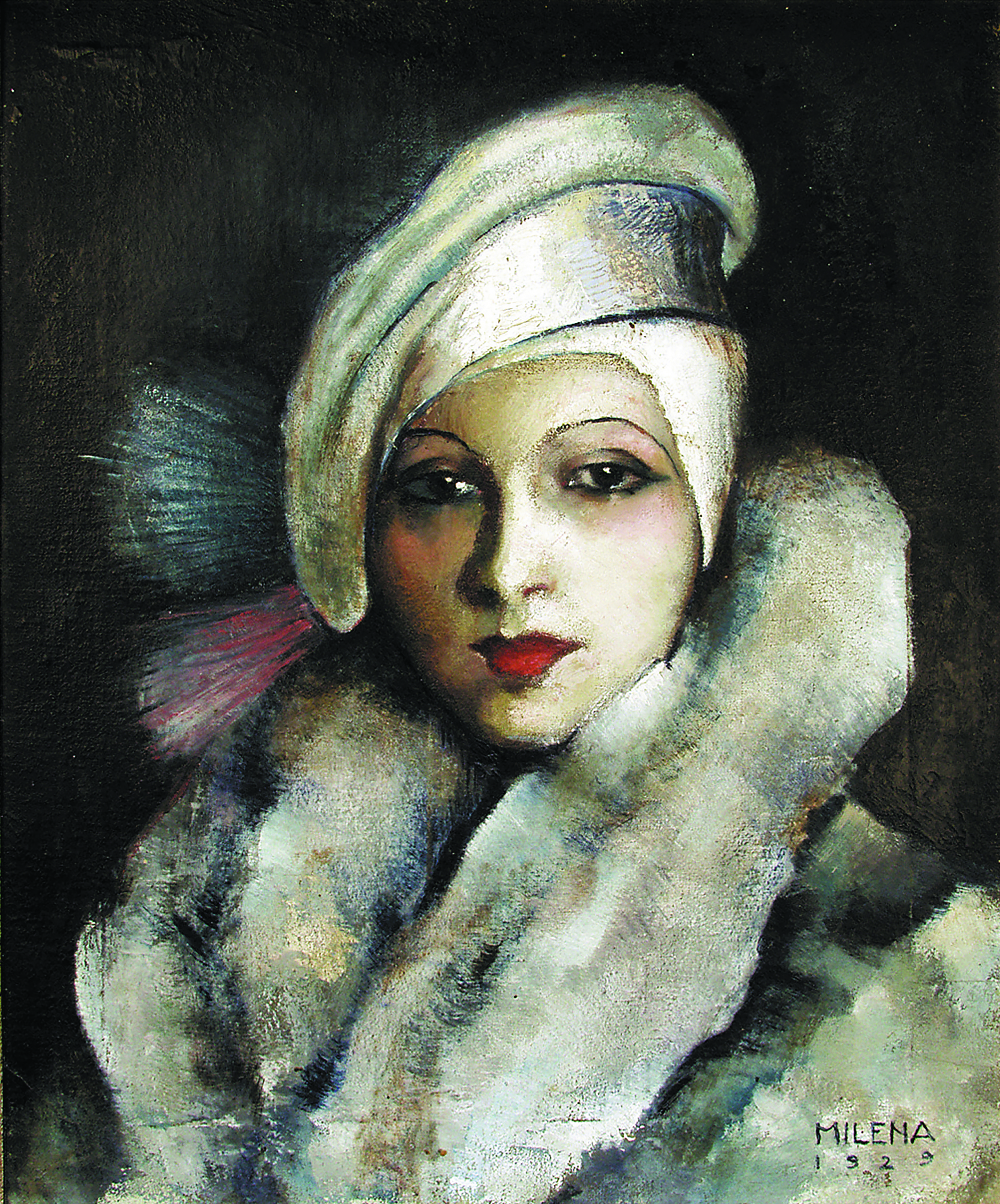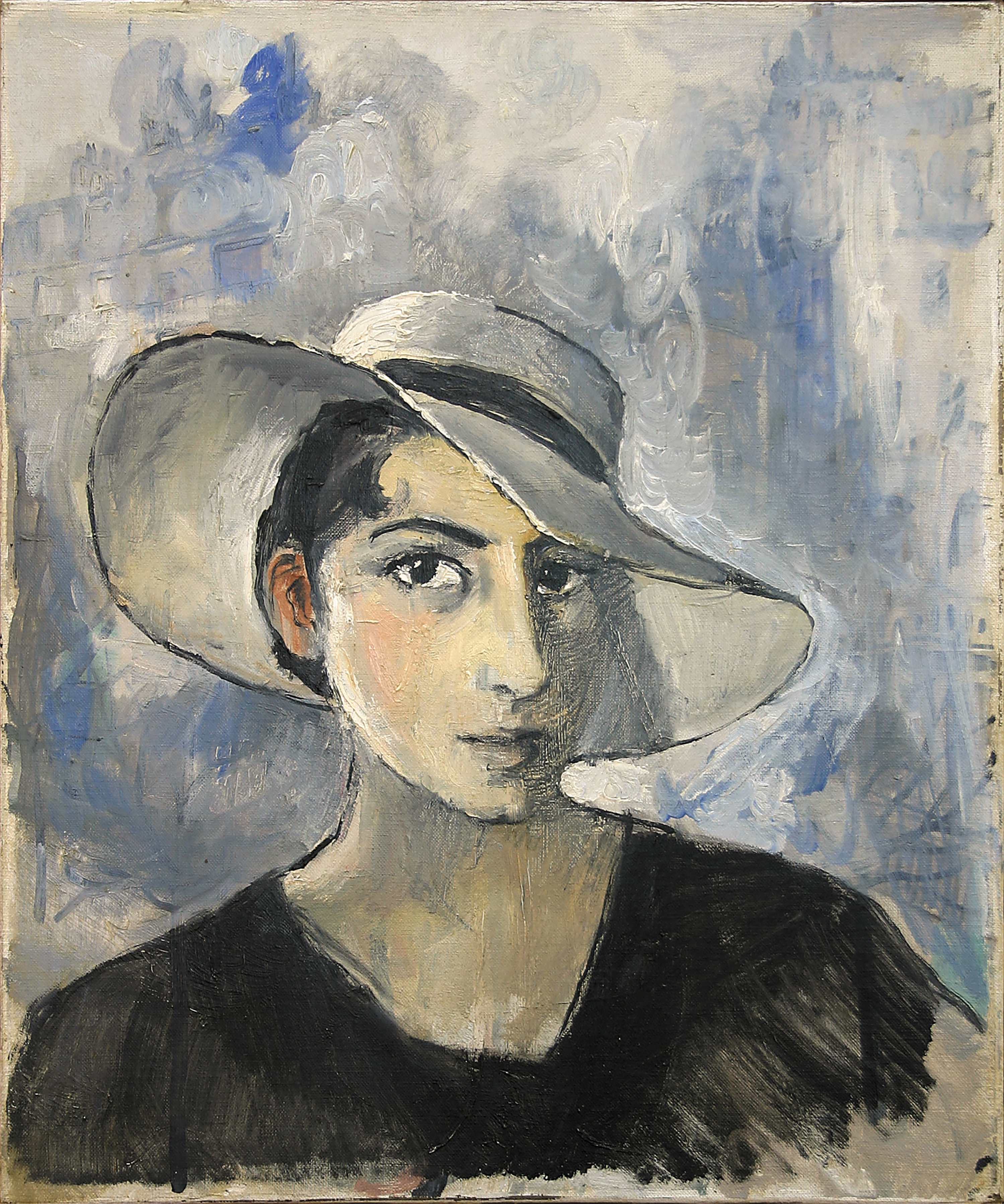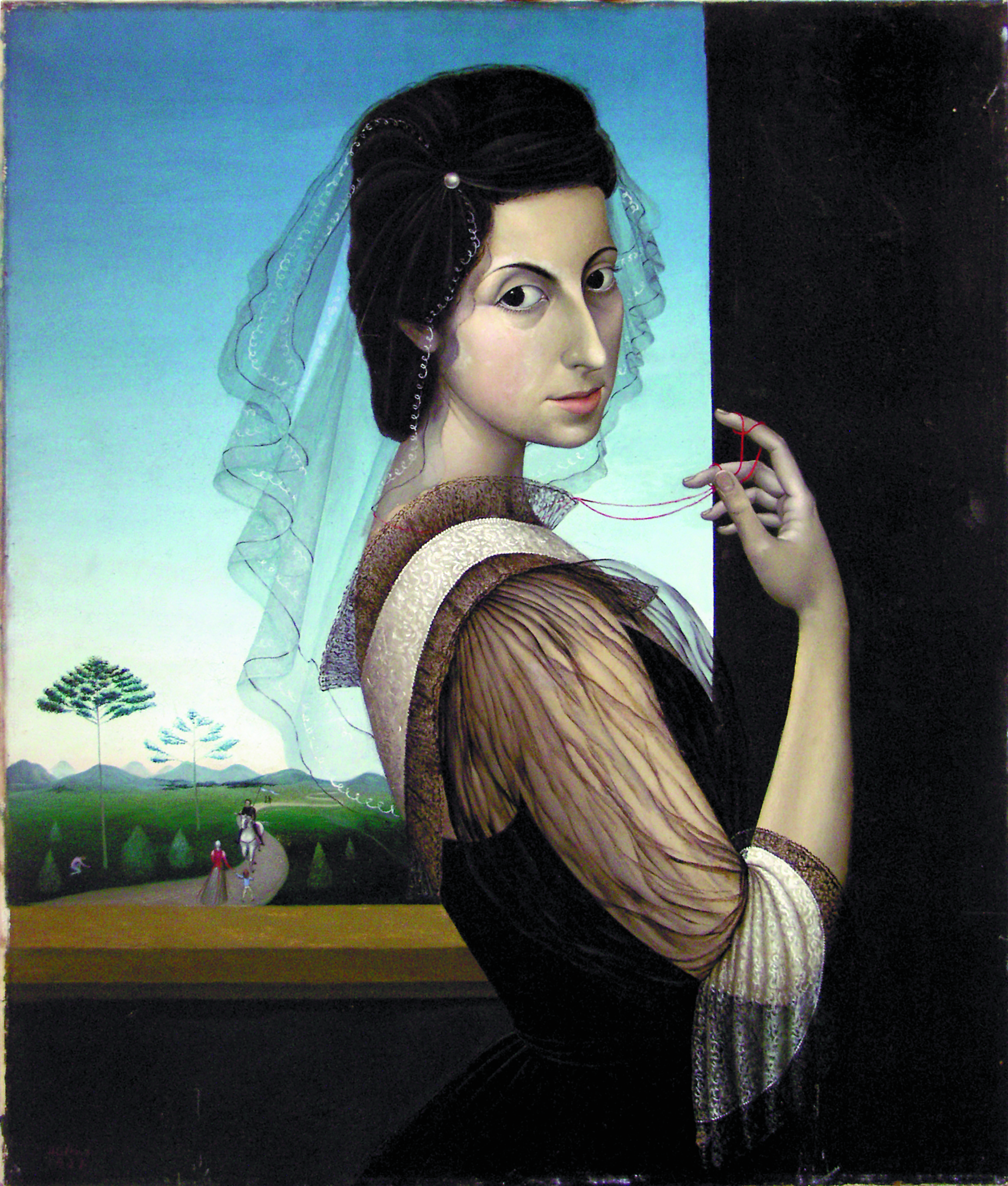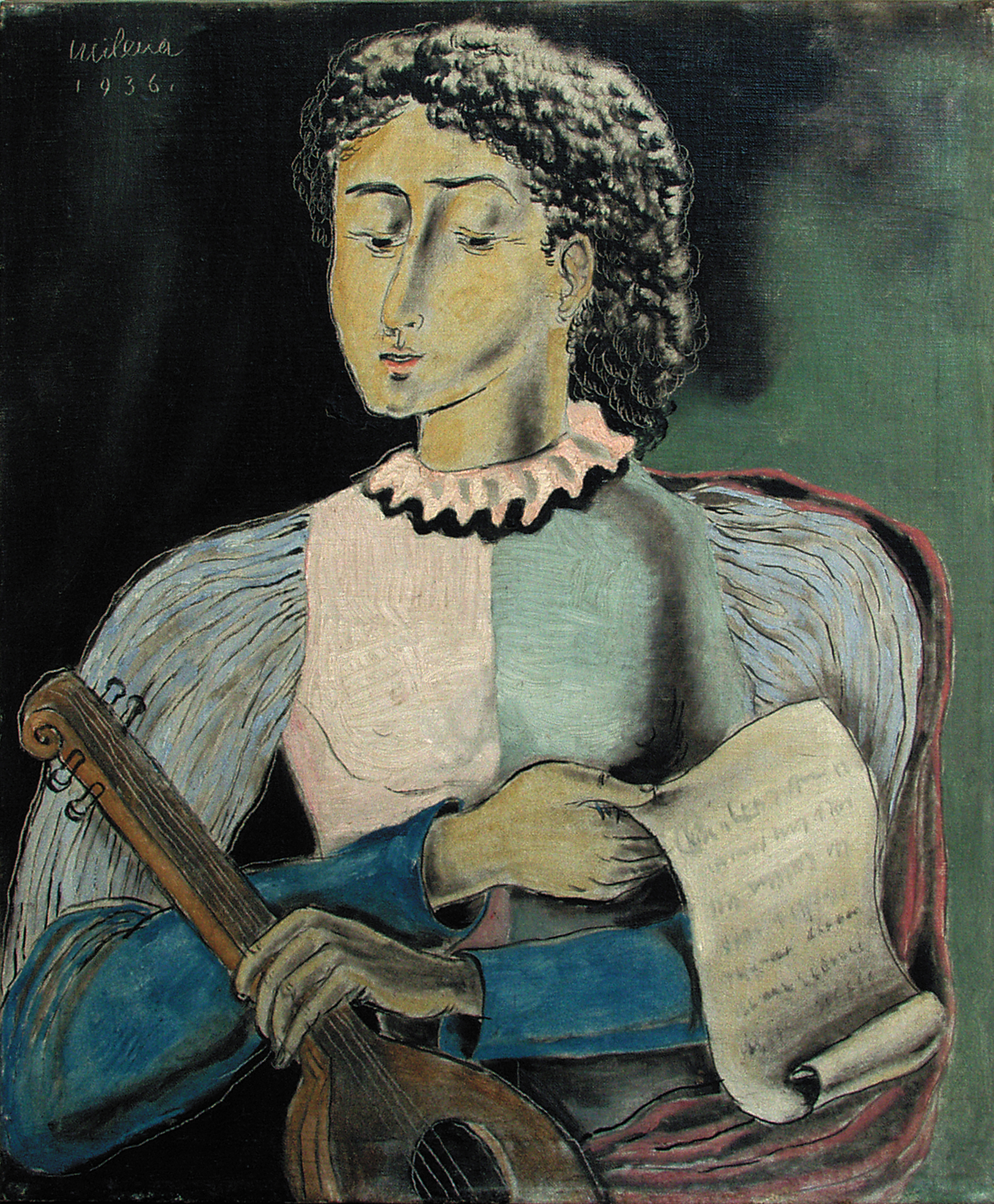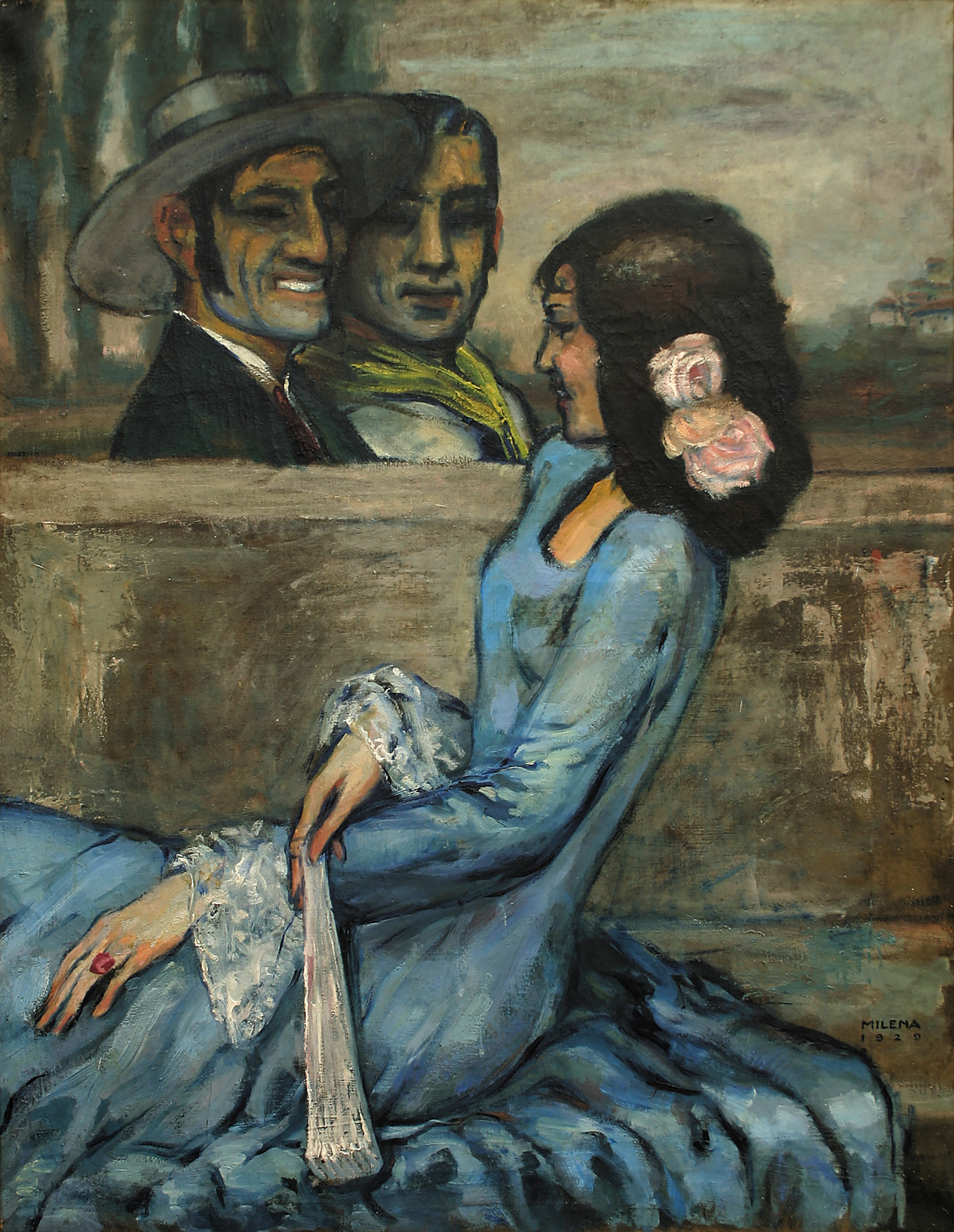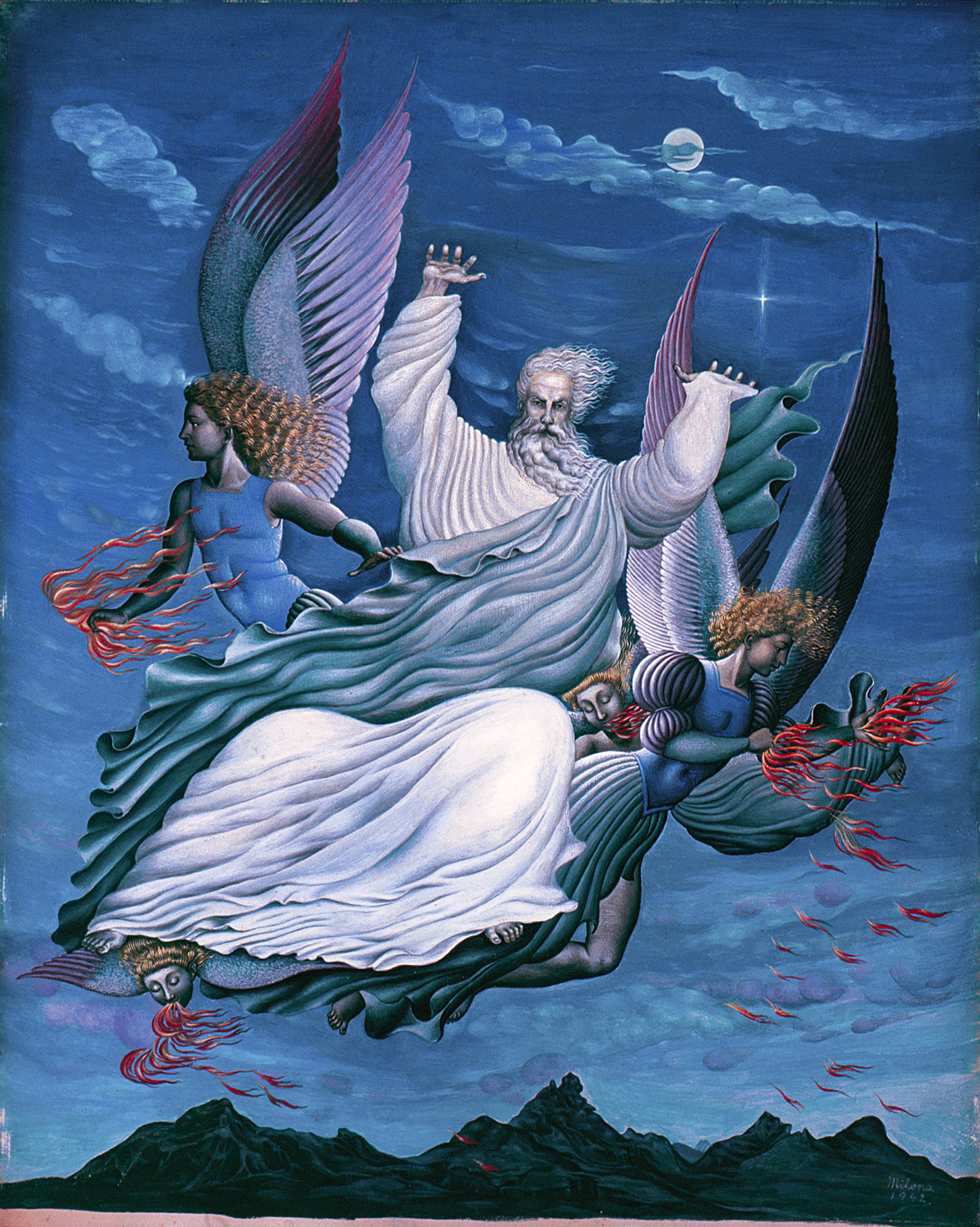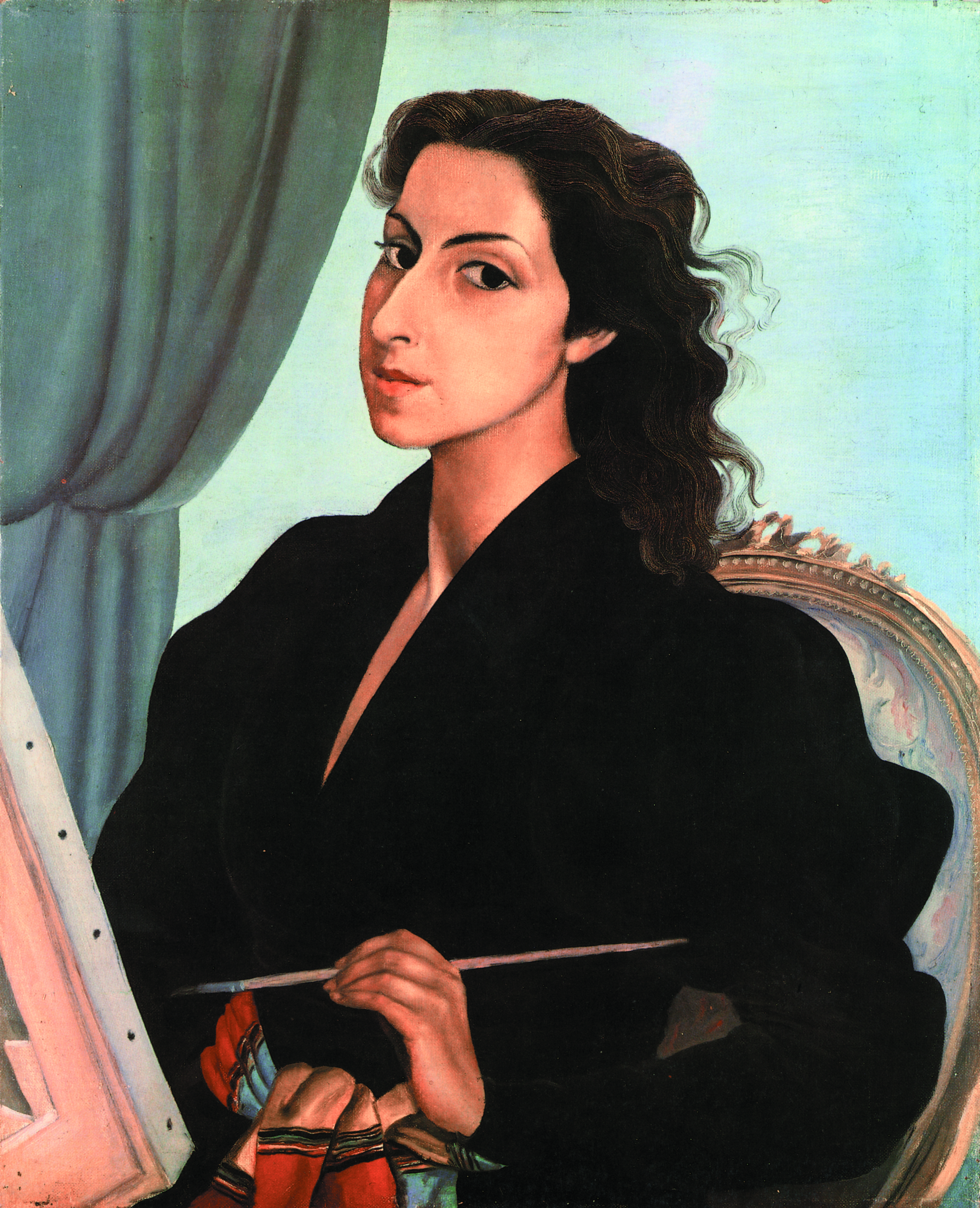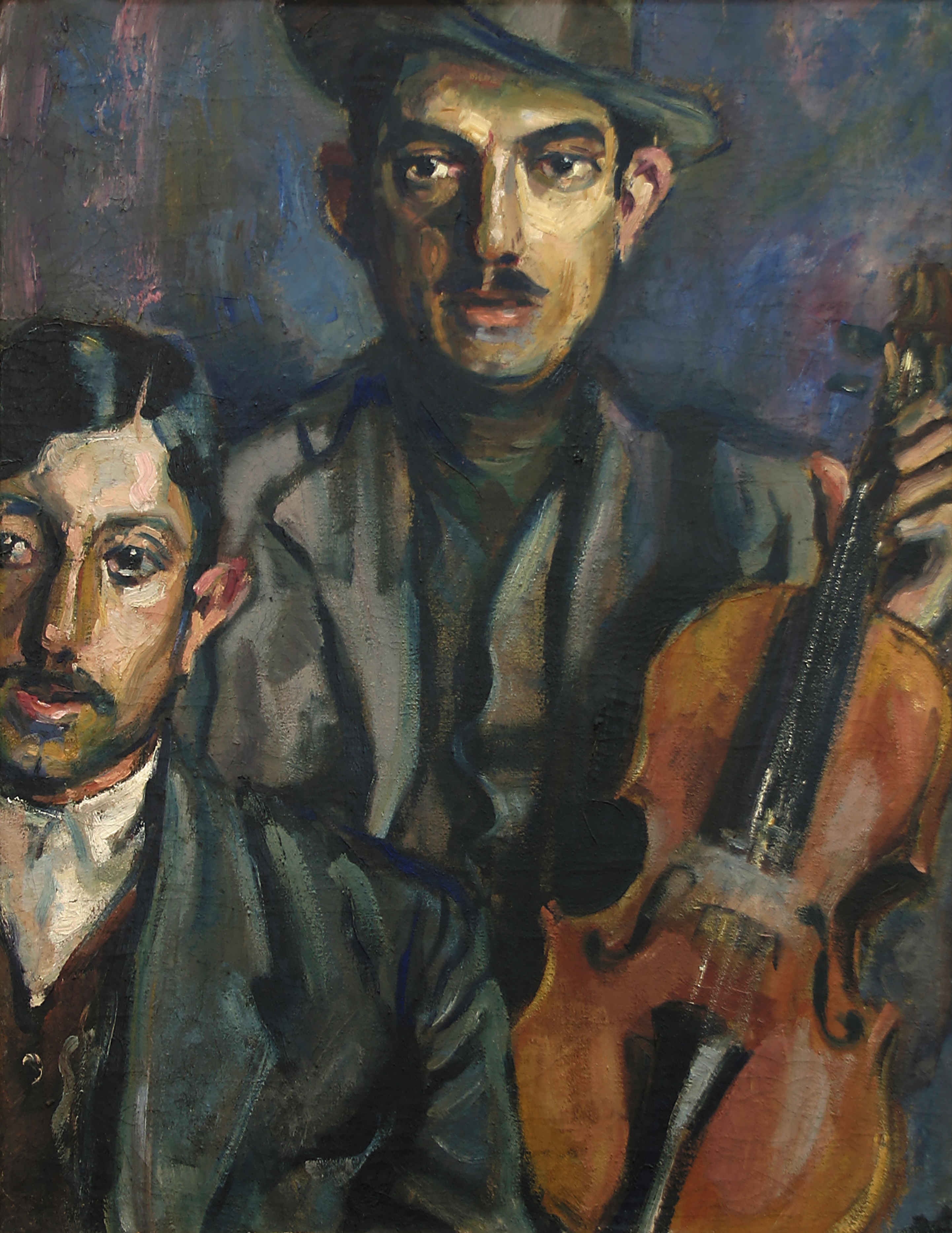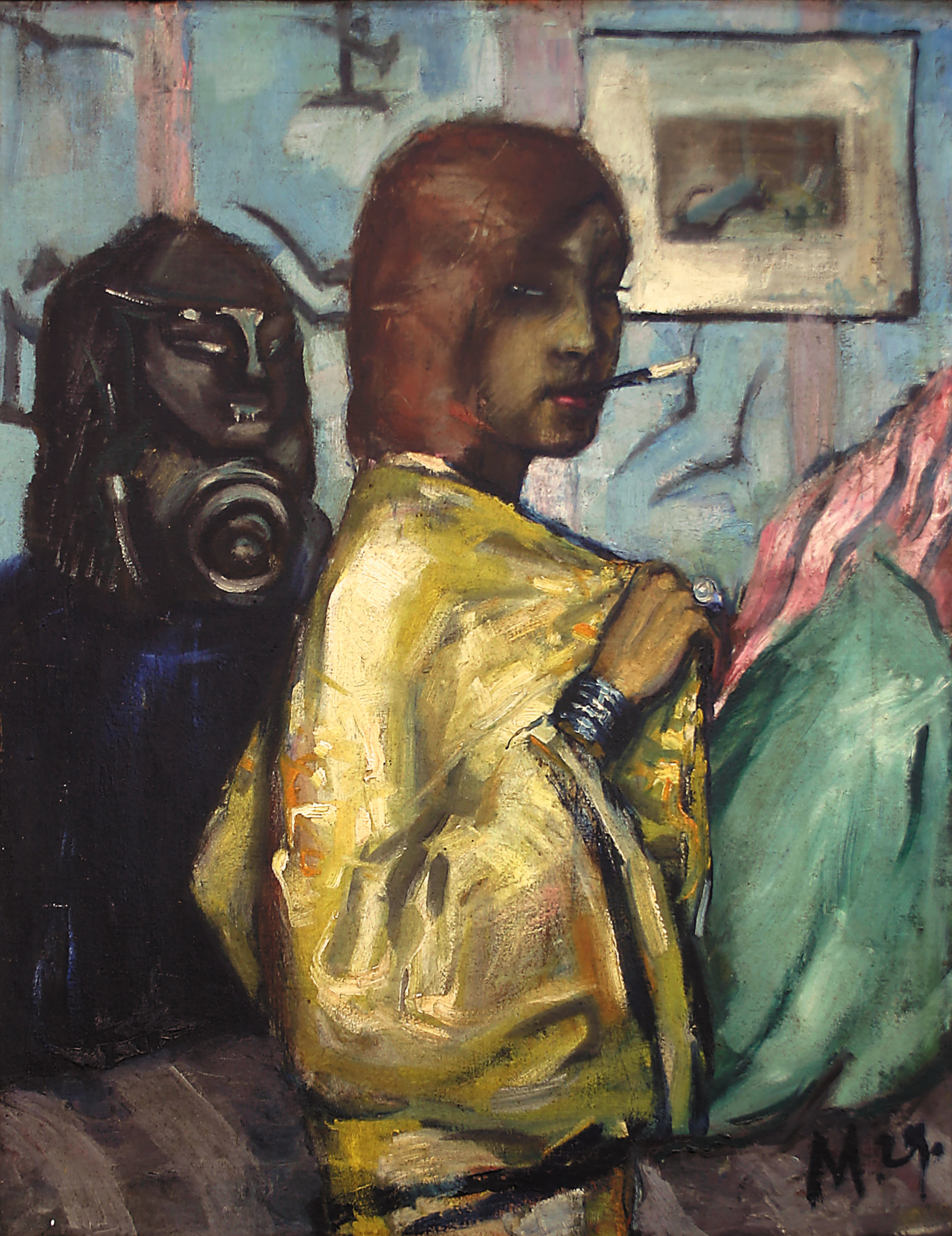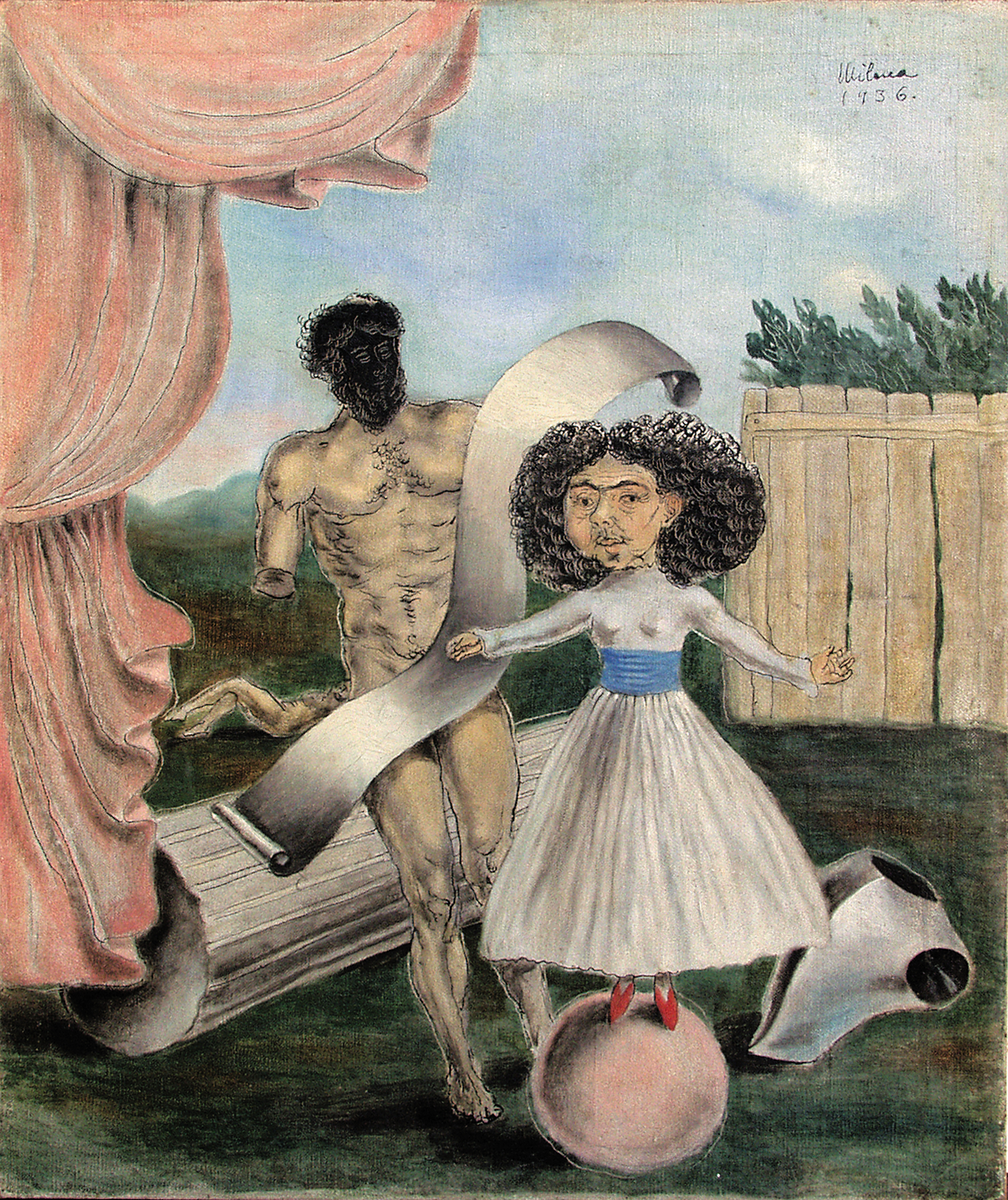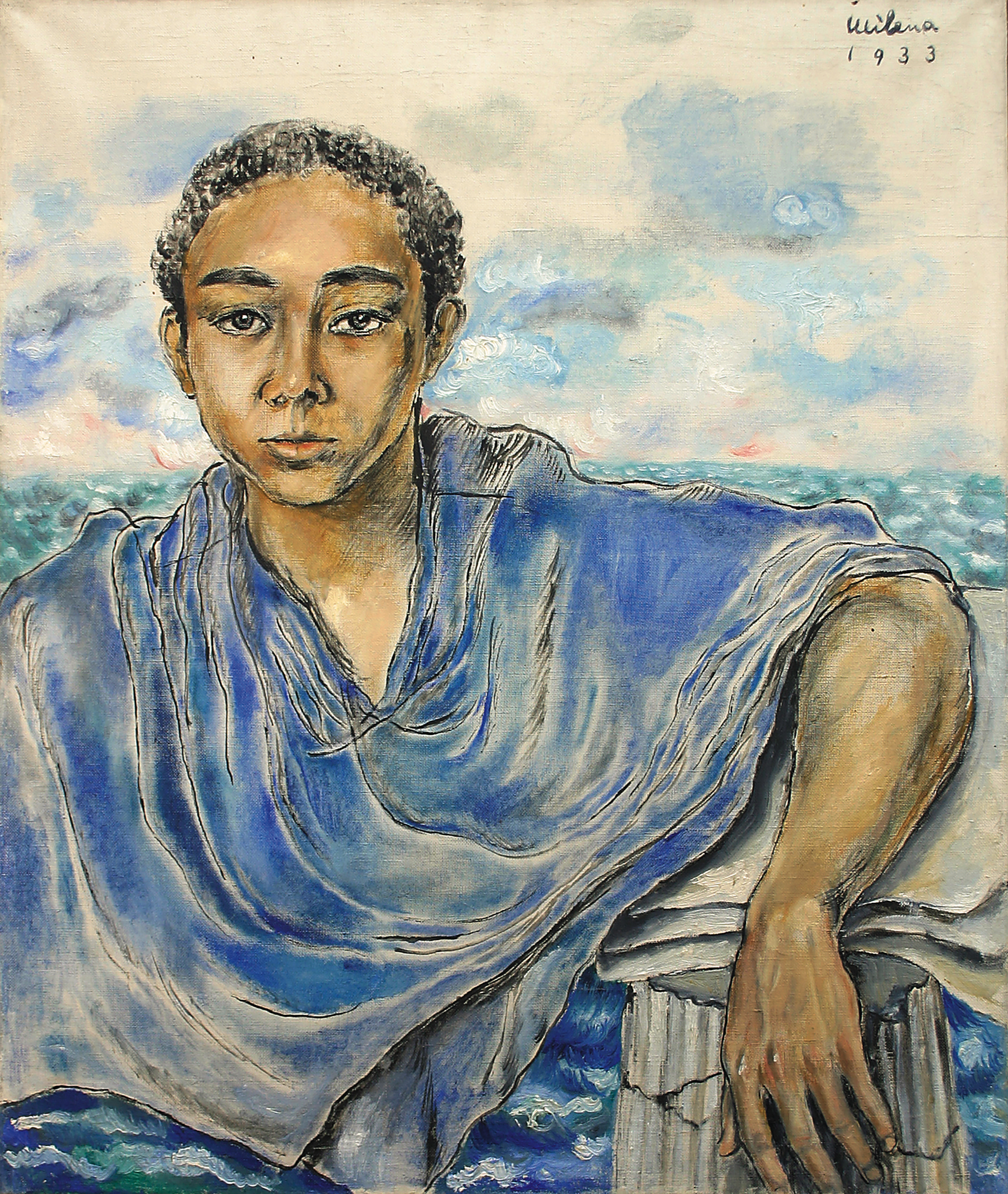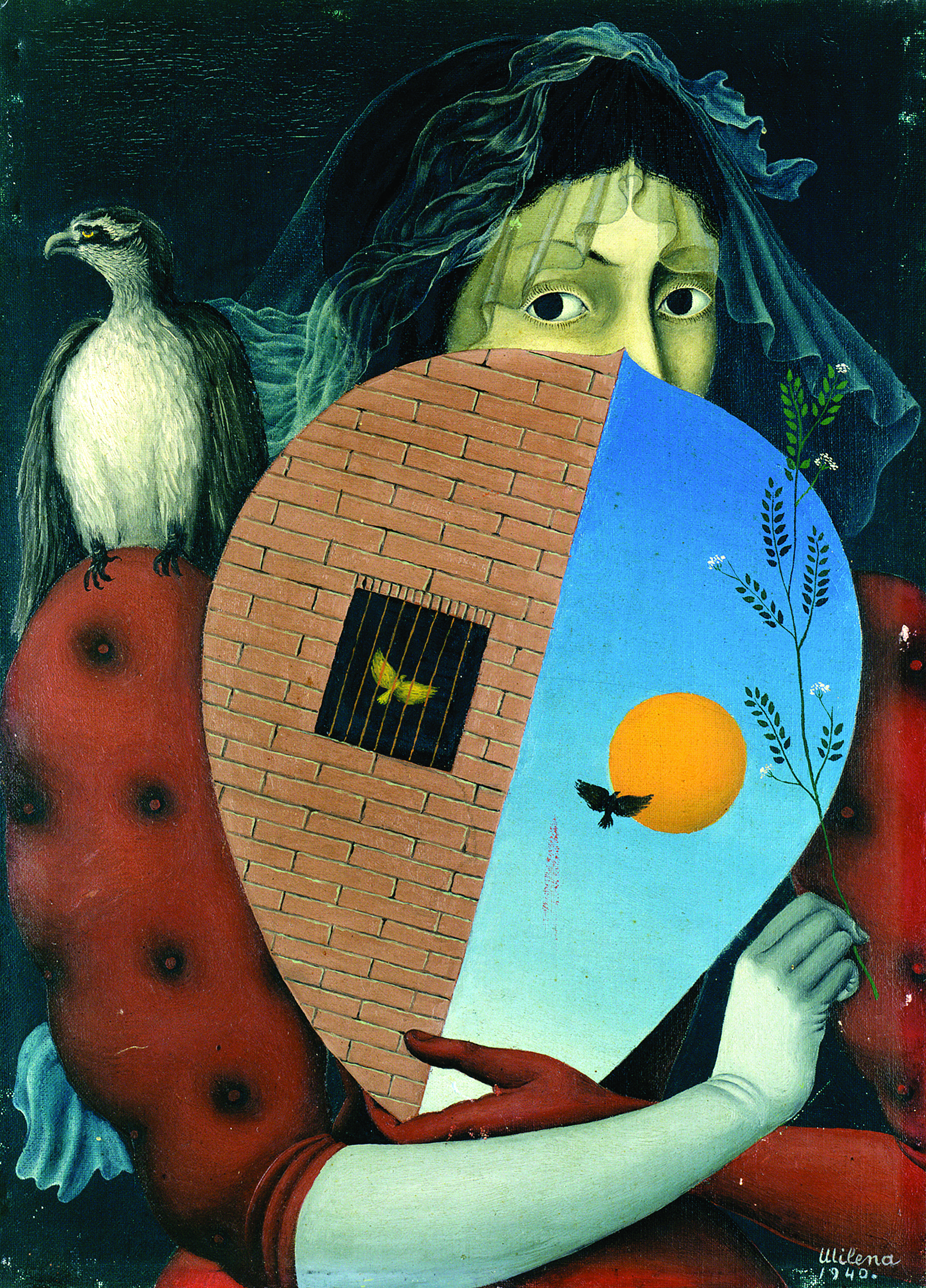Milena Pavlović Barili, restless-spirit painter from Požarevac
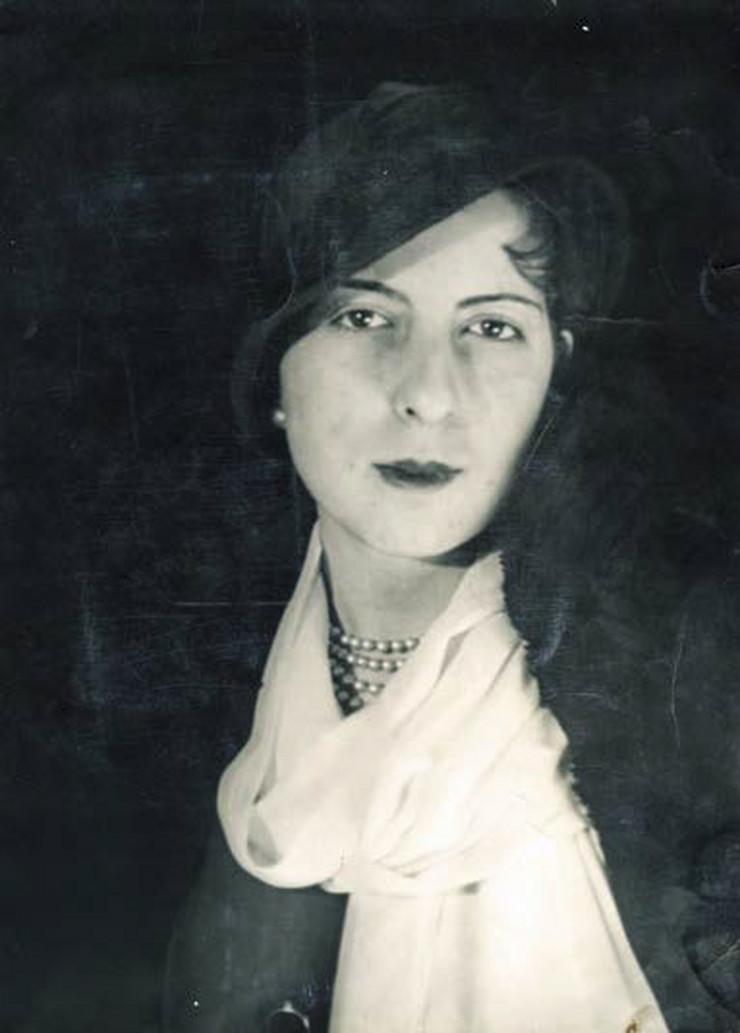 |
Milena Pavlović Barili, a painter and poet, was born in Požarevac on 5 November 1909. She started expressing her art talents early on, which was not a surprise as her parents were also artists - her mother Danica Pavlović studied arts, and her father Bruno Barili was a famous Italian poet and composer. She was highly educated, with a variety of interests and talents. Since very young age her path led her on a journey away from Serbia and her hometown Požarevac, to European cities: Parma, Rome, Pesaro, Bergamo and Nice. Following her love for painting, at the age of twelve she already moved to Linz, Austria, to attend painting classes at Mayer school. She enrolled at the Belgrade Art School in 1922, graduating at the age of seventeen. Her talent will come to the spotlight at the Art School's spring exhibition, where she displayed her works together with her classmates Đorđe Andrejević – Kun and Lazar Ličenoski. Milena's art After Art School in Belgrade, she wished to further improve her skills in some of Europe's main art centers - so she started attending preparation sessions at a private school Bloherer, aiming to enroll at the Munich Academy. It was in this period that she painted her "Self-portrait with mother". It wasn't common for women to attend the Academy, but Milena's application was nevertheless accepted thanks to her exceptional talent. Another helpful factor was the fact that she didn't sign the works, so the commission initially did not know they were submitted by a woman. However, the Munich Academy was not a place fostering her uniqueness and in the end she left the school. |
Her first introduction to art audience outside of Serbia was in 1931 in London's Bloomsbury Gallery where she exhibited 80 paintings and graphics. Milena's young age experiences kept bringing her back to Paris - in 1932 she was once again in the city organizing her first solo exhibition at Galerie Jeune Europe, which served as a turning point in her artistic development and affirmation. The world and the crème de la crème of Paris art scene testifies, with pure fascination, about Milena and her artistic achievements. In her works, De Chirico recognizes soft metaphysical painting. Jean Cassou writes a foreword for her catalogue, Andre Lhote advises her to leave the portraits for a later period, and focus on her imagination and fantasy. According to her mother Danica, even Paul Valery recognized: „Milena, you paint better than I write“. This was followed by group exhibitions at the same gallery, together with De Chirico and other famous painters and sculptors.
| Milena's last visit to Požarevac occurred on Saint Nicholas day in 1936. In September the following year, together with her mother she attended the premiere of her father's opera "Medusa" with the orchestra of Milan's "Scala". She returns to Paris, presenting her works in two group exhibitions early next year, first in Galerie Pittoresque, and later joining Yugoslav artists from Paris, exhibiting jointly in Galerie Bernheim Jeune. An article on this occasion was published in Belgrade's Politika. The exhibition tuned out to be a farewell - in 1939, Milena was saying goodbye to both Paris in Europe. Partly the threatening storms of war looming over Europe, and partly her own restless and adventurous spirit, seem to have drawn her to the great adventure called - America. She sold her painting "Angels" to Sibe Miličić, rounding up the amount she needed for the ticket, starting off the major journey across the ocean in September, on a small French boat. And between this duality, her artistic being and creative personality established a natural connection, the umbilical cord between "a poet's vision" and "a painter's obsession". The "childhood echo" stands as a kind of longing, constantly repeated in Milena's paintings, the same as the sorrow and melancholy forever lasting in her paintings, like inner veils covering the souls of her painted characters. |
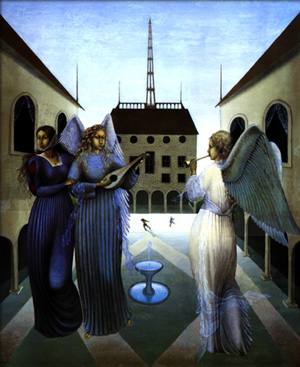 |
In the beginning, her life in the USA was hard, until she adapted to the new environment. She was tormented with nostalgia for Europe, her home and mother in faraway Požarevac. The World War II started, and to survive, she was forced to start dealing with illustrations in fashion magazines, rater than classical art. She illustrates fashion magazines such as Vogue, Town and Country, Charm, Glamour, House Beautifull… while not forgetting the spirit of her paintings.
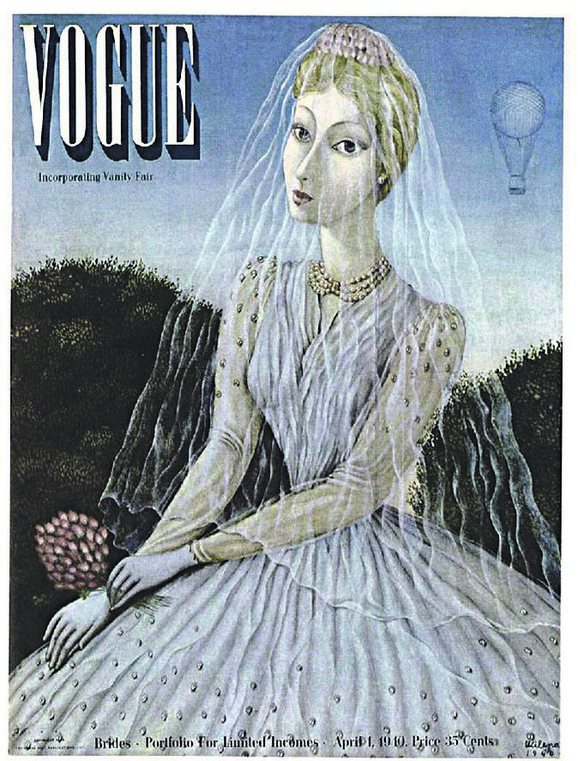 |
The period from 1939 to 1945 was her so-called American era, presenting a contrast between commercial fashion design, portraits of high class personalities with a metaphysical atmosphere and mystical religious compositions. In March 1940 at the New York's Julien Levy Gallery, Milena organized her first "american" exhibition, serving as a form of promotion of her painting. She displayed compositions and portraits from the European period. The success she achieved further opened the door of New York's art scene. In early 1943 at the exhibition in United Yugoslav Relief Fund in New York, she exhibited 28 works. The exhibition was then moved to Washington to the Corcoran Gallery. In the foreword to the catalogue, Frank Crowningshield, editor of Vogue's art section, compared Milena's paintings to the works from 15th century Italy, describing them as an "exceptional phenomenon in American art". New York Times states: "A modern renaissance - this would be the best description of Milena's painting". In late 1943, Milena Pavlović Barili marries Robert Thomas Astor Goslen, who served as aviation officer during the war. In the USA she designed the scenography and costumes for the ballet "Sebastian" by Giancarlo Menoti, premiered in November 1944. Thanks to the ballet's success, Milena was assigned to design the decor and costumes for "Midsummer Night's Dream" by William Shakespeare. |
In spring the following year she hurt her back upon falling from a horse. She was working intensely even during the days of recovery, though wearing a metal corset for her upper torso. She welcomed the liberation of Belgrade via Radio New York. Her death came about suddenly, on 6 March 1945 in her apartment in New York. The urn with her ashes was taken to Rome on 5 August 1949, being buried at the Testaccio cemetery, where her parents were subsequently buried as well.
The Gallery of Milena Pavlović Barili
Address: dr Voje Dulića 14, Požarevac
Working hours: Monday - Friday, 7 to 15h, Saturday - 8 do 16h
www.galerijamilenepavlovicbarilli.rs
www.facebook.com/Galerija-Milene-Pavlovic-Barili
Milena's Home Foundation - the Gallery of Milena Pavlović Barili was established in gratitude and remembrance of our famous, early deceased painter Milena Pavlović Barili. The initiator and principal donor was her mother Danica Pavlović Barili, who decided to give away the property she inherited from her parents, along with her daughter's artistic fund, to the Serbian people, so that the legacy can be kept as a whole. The Gallery has officially opened on 24 June 1962 in the adapted old family home. On this occasion, Danica Pavlović revealed a memorial plate with a carved note "Milena's home - to her talent, hard work and youth. Mom."
The Gallery fund involves 894 Milena's works, as well as 51 pieces by our contemporary authors from the collection of Bienale exhibitions, and 9 works from the family collection.
Milena Pavlović Barili was a contemporary of Frida Khalo, being equally appreciated and respected as this great artist. The atypical life and work of this prominent Požarevac author, who would leave a trace wherever she stayed, be it her own country, Europea or USA, deserves to be presented and told to a broad audience.
We invite all art afficionados to visit Milena's gallery in her home in Požarevac, and appeal to socially responsible companies from Italian and US chambers and associations, to contact us at umetnostsrbije@naled.rs to jointly motivate film industry leaders to present the artist's life on the big screen, in US-Italian coproduction.

